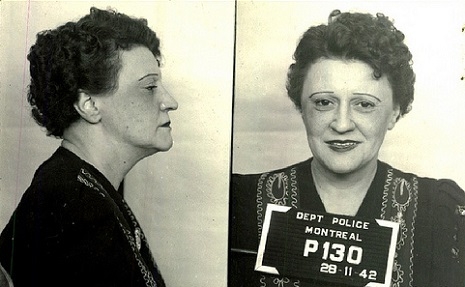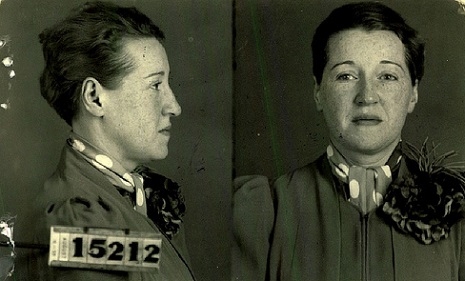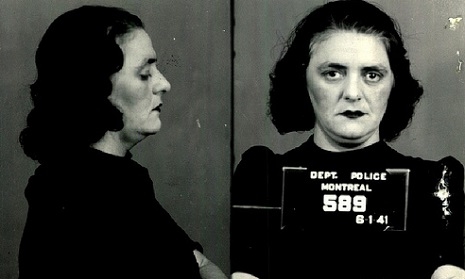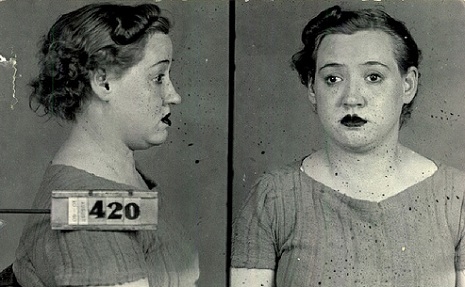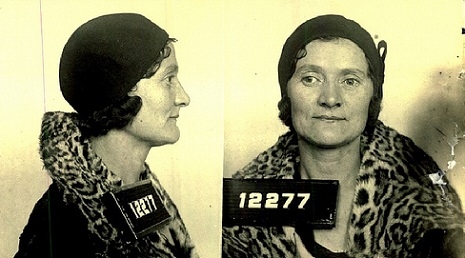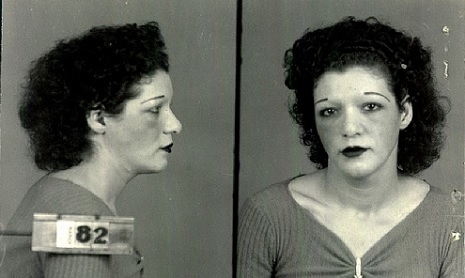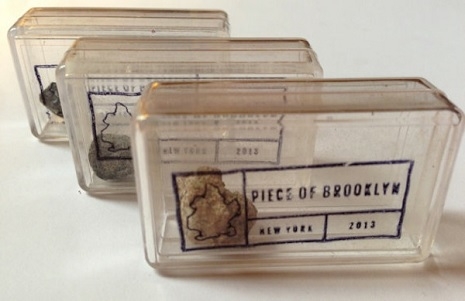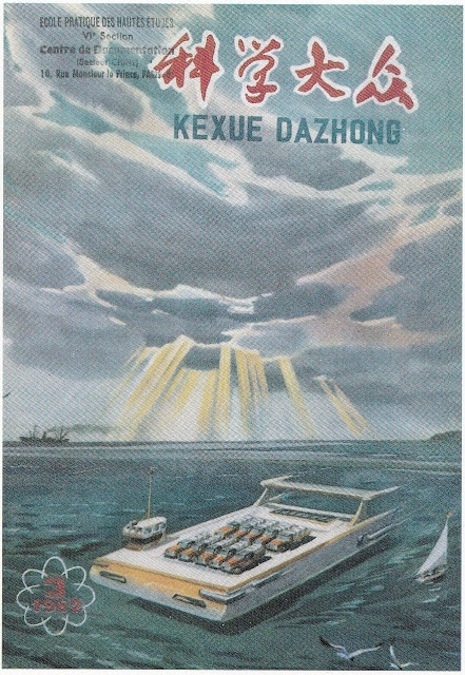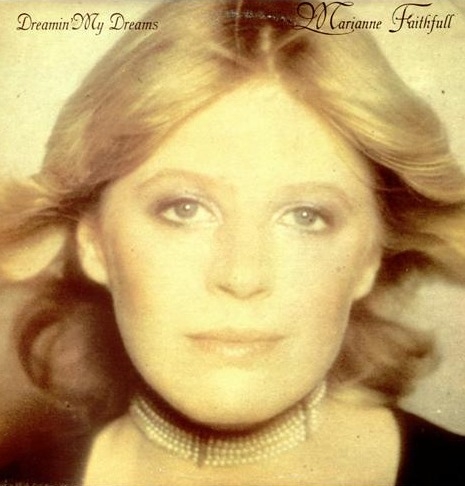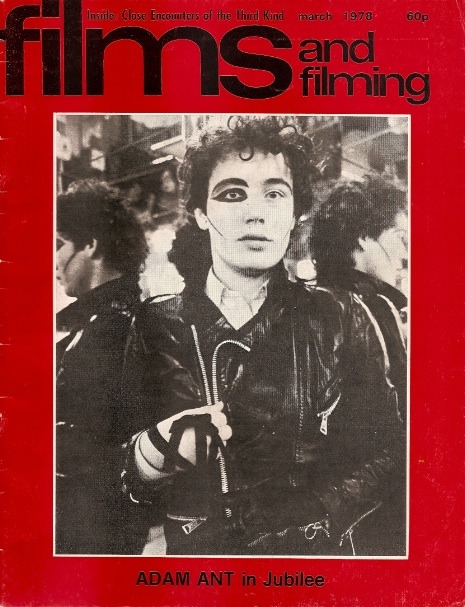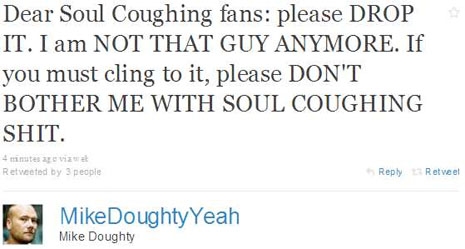
Dr. Benjamin Spock is best-known for writing the baby bible, The Common Sense Book of Baby and Child Care. A drastic departure from the parenting techniques du jour, Spock opposed the strict schedule and limited affection espoused by prior child experts. He promoted such crazy techniques as “cuddle your baby,” “feed it when it’s hungry,” and “let it sleep when it’s tired,” all with a friendly, nonjudgmental tone. His primary advice for parents was, “Trust yourself. You know more than you think you do.”
Spock was actually the first pediatrician also trained in psychology, and of course, countless medical doctors and psychologists have confirmed his infant-centered parenting over the years. In fact, that’s why people no longer try and toilet-train 3-month-olds with suppositories. Seriously, it was common practice to attempt to toilet train three-month-old babies, and in the 30’s, it was even recommended that suppositories be used to regulate infant bowels. I can’t imagine a more agonizing Sisyphean futility than dangling an infant over the toilet (I assume you’d have to dangle them), but suppositories for a baby sounds nightmarish.
Despite Spock’s groundbreaking work, his critics often insisted that his methods were too soft, and instilled no discipline in babies, who would never become diligent and upstanding citizens without proper baby-molding. This was certainly exacerbated by Spock’s outspoken radical politics.
Joining SANE (The Committee for a Sane Nuclear Policy) in 1962, Spock was a dedicated anti-war activist from the start. After both a statement of support and a very public donation to draft-resistors, he was convicted of conspiracy to counsel, aid, and abet resistance to the draft in 1968. (He was sentenced to two years in prison, but it was overturned in appeals.)
Spock also marched with Martin Luther King, and many activists encouraged him to run as King’s Vice-Presidential running-mate, though neither had any interest in the presidency at the time. That changed in 1972, however, when Spock ran for POTUS on The People’s Party ticket; his platform positions included a guaranteed living wage, socialized health care, and the repeal of laws restricting abortion, homosexuality, and marijuana use.
Dr. Spock actually completely embraced the politicization of his parenting philosophy, and even published a book, Spock on Vietnam with the referential image of a Vietnamese toddler on the cover.
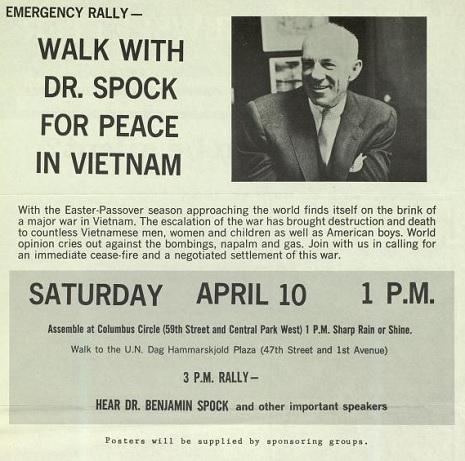
Protesting the war with Dr. Spock. This event was co-sponsored with the New York Council for a SANE Nuclear Policy, Women Strike for Peace, Women’s International League for Peace and Freedom, and the Student Peace Union
What’s more, while he was adamant that his baby book be regularly revised (acknowledging that he didn’t have all the answers, and he had made mistakes) Dr. Spock never budged from his political principles. From his 1994 book, Rebuilding American Family Values: A Better World for Our Children:
The Permissive Label: A couple weeks after my indictment [for ‘conspiracy to counsel, aid and abet resistance to the military draft’], I was accused by Reverend Norman Vincent Peale, a well-known clergyman and author who supported the Vietnam War, of corrupting an entire generation. In a sermon widely reported in the press, Reverend Peale blamed me for all the lack of patriotism, lack of responsibility, and lack of discipline of the young people who opposed the war. All these failings, he said, were due to my having told their parents to give them “instant gratification” as babies. I was showered with blame in dozens of editorials and columns from primarily conservative newspapers all over the country heartily agreeing with Peale’s assertions.
While the baby-boomers of late seem to be under the impression that millenials are entitled little pansies raised by helicopter parents, it behooves us to get some historical perspective and remember that every generation is under the impression that they’re the last of the rugged cowboys.
Here’s Spock addressing his legal charges, careful to avoid incriminating himself or admitting guilt, ending his statement with a shout-out to the kids.










